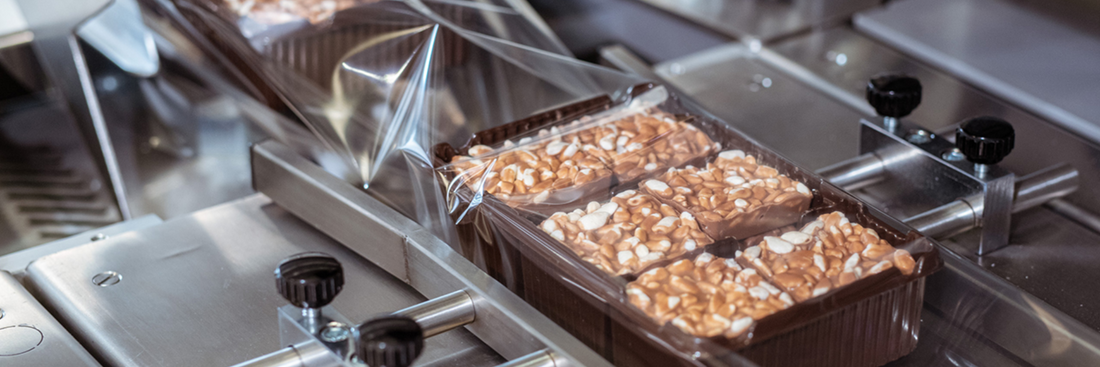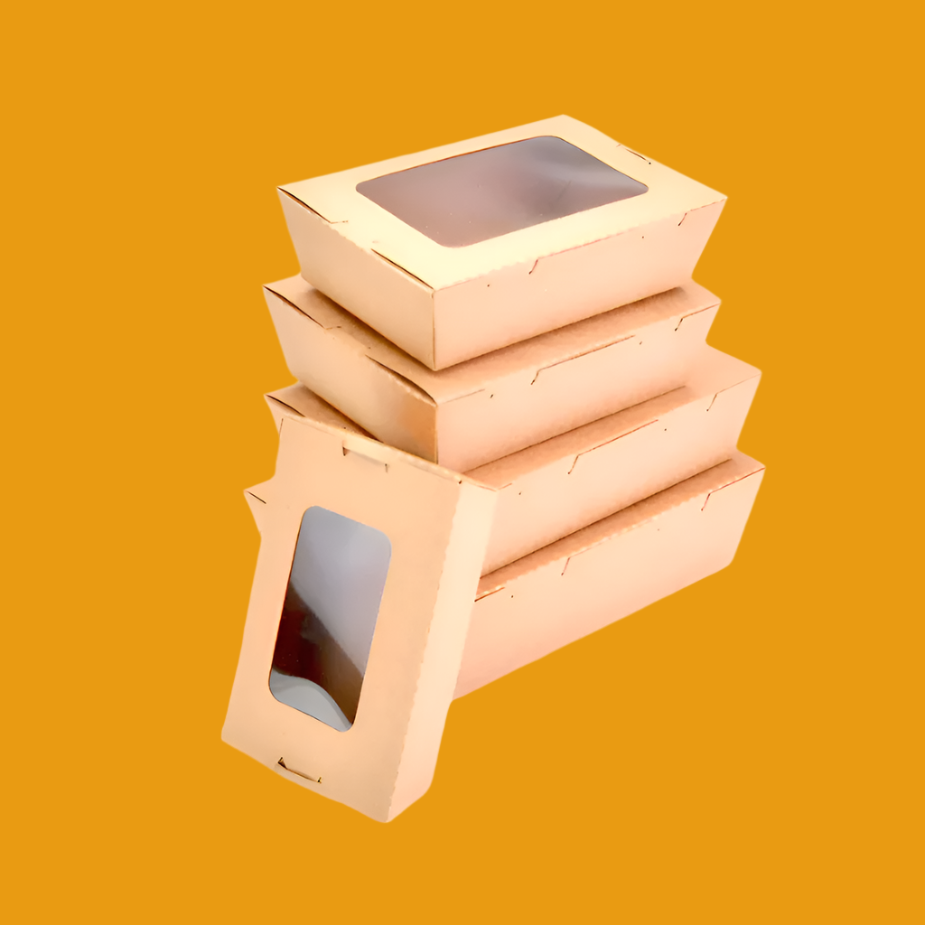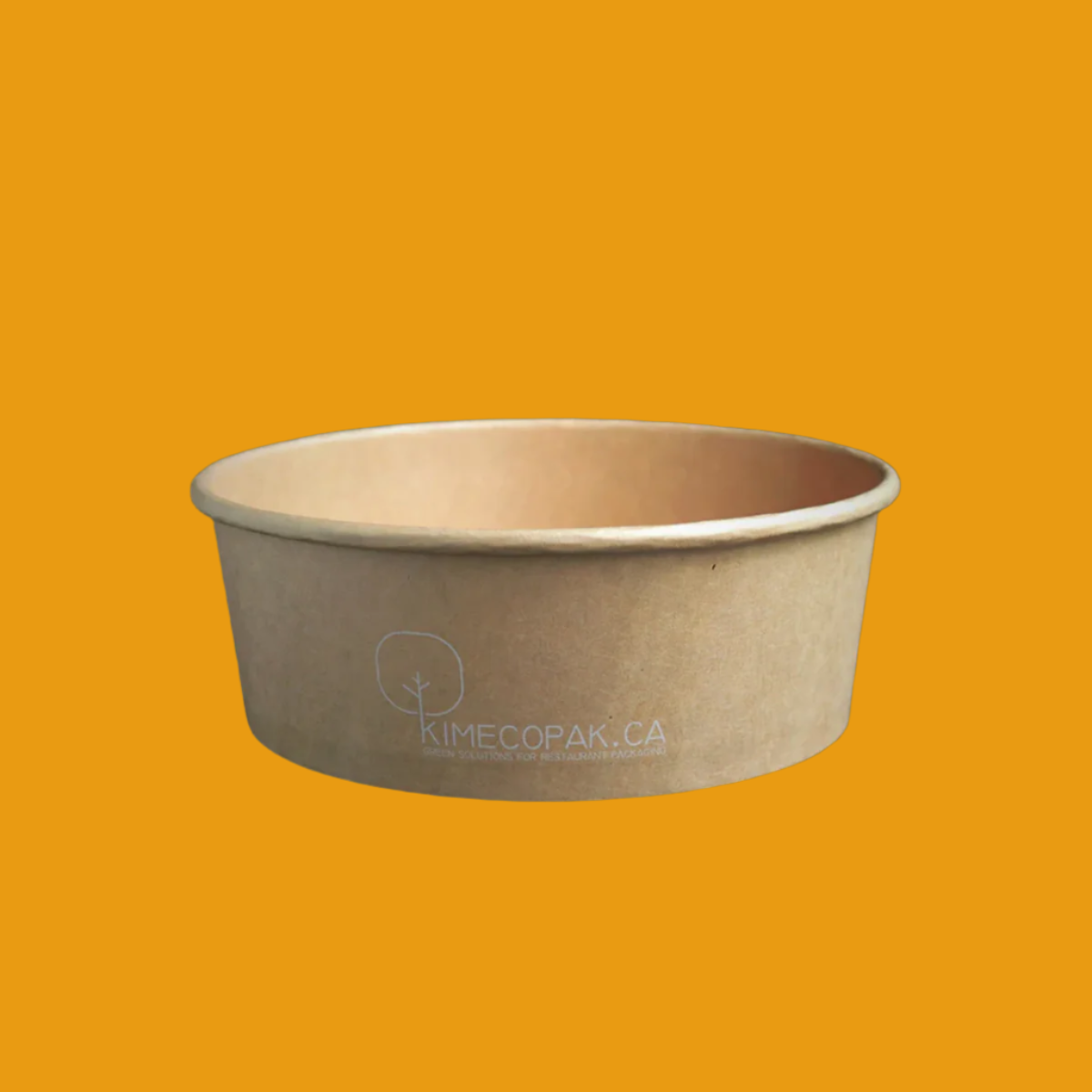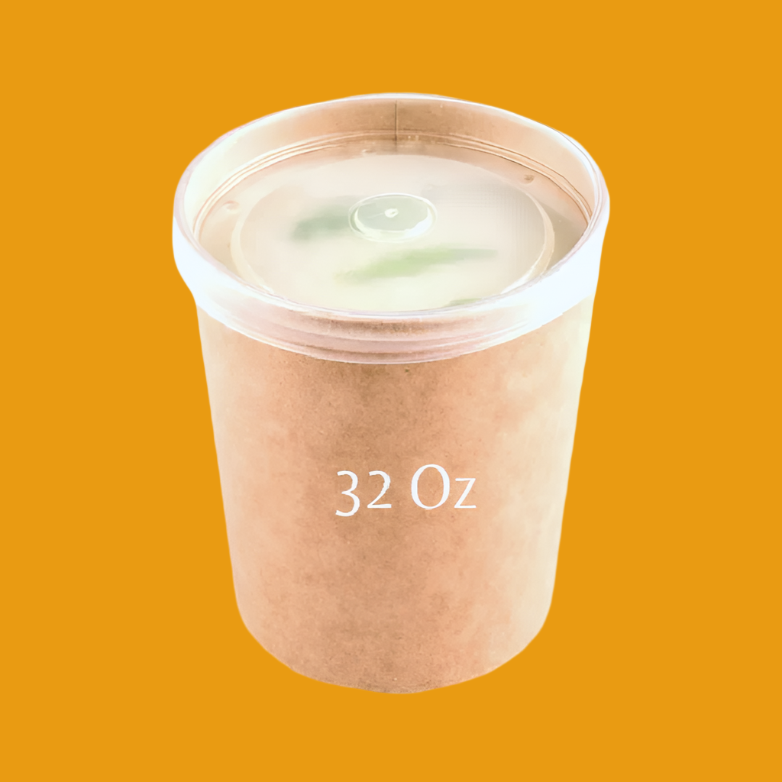Food packaging technologies have evolved dramatically, aiming to enhance product safety, extend shelf life, reduce environmental impact, and improve consumer convenience. This article explores various advanced packaging technologies, including edible packaging, smart packaging, sustainable packaging, modified atmosphere packaging, and 3D-printed packaging. We will also take a glimpse into the future of food packaging.
Smart Packaging - Futuristic Food Packaging Technologies
Smart packaging incorporates technology to enhance the functionality and interactivity of food packaging. It includes active and intelligent packaging solutions that monitor the condition of the food, communicate information, and even help extend shelf life.

Types
- Active Packaging: Releases or absorbs substances to maintain product quality, such as oxygen scavengers or moisture absorbers.
- Intelligent Packaging: Uses sensors, indicators, and digital interfaces to provide information about the product’s condition, such as freshness indicators and temperature sensors.
Benefits
- Quality Control: Monitors and maintains the quality and safety of the food.
- Customer Engagement: Provides valuable information and interaction opportunities for consumers.
- Waste Reduction: Helps reduce food waste by providing real-time data on product freshness.
Sustainable Packaging
Sustainable packaging focuses on using eco-friendly materials and processes to reduce the environmental impact of packaging. This includes biodegradable, compostable, and recyclable materials.

Materials:
- Biodegradable Plastics: Made from renewable resources like cornstarch or sugarcane.
- Compostable Packaging: Breaks down into natural elements in a compost environment.
- Recycled Materials: Utilizes post-consumer recycled content to reduce waste.
Benefits:
- Environmental Protection: Reduces pollution and conserves natural resources.
- Consumer Appeal: Attracts environmentally conscious consumers.
- Regulatory Compliance: Meets increasing regulatory demands for sustainability.
Eco-Products: Compostable packaging made from PLA (polylactic acid) derived from corn starch, used for PLA cups, plates, and cutlery.
Modified Atmosphere Packaging (MAP)
Modified Atmosphere Packaging (MAP) involves altering the atmosphere inside the packaging to extend the shelf life of perishable products. This is achieved by replacing the air inside the package with a specific gas mixture tailored to the product's needs.

Methods
- Gas Flushing: Removes oxygen and replaces it with gases like nitrogen or carbon dioxide.
- Barrier Packaging Films: Uses high-barrier materials to maintain the modified atmosphere.
- Scavenger or Desiccant Packs: Absorb excess moisture or oxygen within the package.
Benefits
- Shelf Life Extension: Keeps products fresher for longer periods.
- Reduced Waste: Minimizes food spoilage and waste.
- Quality Preservation: Maintains the taste, texture, and appearance of food.
3D-Printed Packaging
3D-printed packaging utilizes additive manufacturing to create custom, on-demand packaging solutions. This technology allows for intricate designs and personalized packaging that can cater to specific product requirements.
Benefits
- Customization: Enables tailored packaging designs for specific products.
- Efficiency: Reduces material waste and allows for rapid prototyping and production.
- Innovation: Facilitates unique and creative packaging solutions.
Applications
- Customized chocolate molds and packaging.
- On-demand creation of packaging for limited-edition products.
Edible Packaging
Edible packaging refers to a type of packaging that can be safely consumed along with the food it contains. Made from natural, biodegradable materials like seaweed, rice paper, or starch, edible packaging offers a sustainable alternative to traditional packaging materials.
Benefits
- Environmental Impact: Reduces waste by eliminating the need for disposable packaging.
- Convenience: Simplifies the consumption process by integrating the packaging with the food.
- Health and Safety: Often made from natural ingredients, providing a healthier option.
Examples
- Botan Ame is an edible rice paper-wrapped candy available in Japan. David Edwards (leader of a research team at Harvard University said he still had some stability issues to iron out. However, he predicted the breakthrough innovation could be available on the market within the year "in a limited way" but that, this is "the future of packaging" in the long term.
The Future of Food Packaging & Food Packaging Technologies
The future of food packaging will likely see the convergence of multiple advanced technologies, driven by the need for sustainability, safety, and consumer engagement. Innovations like nanotechnology, biodegradable sensors, and smart materials will further enhance packaging functionalities.
Food Packaging Trends
- Nanotechnology: Improved barrier properties and active components at the nanoscale.
- Biodegradable Sensors: Integrating sensors that degrade harmlessly after use.
- Smart Materials: Materials that respond to environmental changes to protect the food.
Conclusion
Food packaging technologies are continually evolving to meet the demands of modern consumers and environmental challenges. From edible and smart packaging to sustainable and 3D-printed solutions, these innovations are reshaping the food industry by enhancing product safety, extending shelf life, and reducing environmental impact. As technology advances, the future of food packaging promises even greater innovation, efficiency, and sustainability, making it an exciting field to watch.









